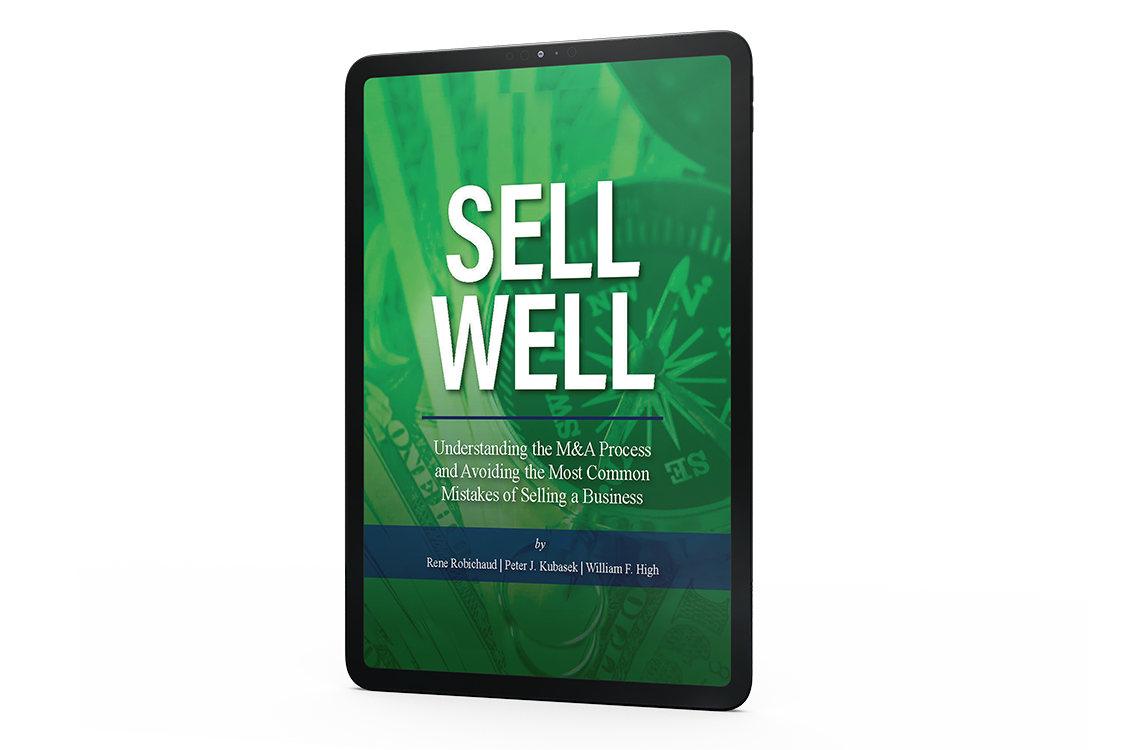ArkMalibu Industry Snapshots, Second Quarter 2023 (Released 7/25/2023)
We invite you to read our M&A market analysis and access the Market Monitor links below, where you may download detailed reports containing M&A trends and data from 17 industries. Please feel free to contact us at (513) 583-5413 to discuss how the information presented in each report may relate to your business and its own unique set of value drivers.
U.S. & Canada M&A Overview – Deal activity drops further while multiples rise due to size and risk bias
- M&A deal volume in Q2 fell both QoQ and YoY, while the median Enterprise Value/EBITDA multiple rose over both periods
- Q2 2023 saw 3,337 deals, representing a 13% drop QoQ and a 28% drop YoY
- The second quarter’s median multiple came in 10% higher than Q1, and 56% above Q2 2022
- The total reported transaction value in Q2 of $357bn increased 3% from Q1 but fell 12% YoY
- In Q2, safer deals continued to trade while riskier deals did not as the M&A deal count represented the weakest quarter since Q3 2020
- There has been a significant valuation disconnect between buyers and sellers leading to stalemates in the dealmaking world; sellers commonly believe that their businesses are worth higher multiples based on valuations from similar deals 1-2 years ago together with the higher multiples in the current stock market, while buyers are unwilling to pay that much for most businesses in the face of a higher interest rate environment and economic uncertainty
- As with the previous quarter, a disproportionate number of larger deals were executed; the median deal size on reported transactions was up 122% YoY to $100mm
- The observed increase in the median EV/EBITDA multiple is partially attributable to this skew toward larger, safer deals which tend to command higher multiples
- M&A activity is expected to pick up in H2 2023, as pent-up demand builds, inflation expectations come down, rates follow, and bank lending opens up
Global M&A Overview
- Globally, Q2 saw deal count fall 14% QoQ and 25% YoY; capital invested through M&A grew 2% compared with Q1, while still falling 17% YoY
- This falloff in M&A activity is closely aligned with that of the U.S. and Canada, reflecting the global nature of the headwinds facing the dealmaking market
- The median EV/EBITDA multiple increased YoY by 35%, driven by a similar size and safety bias as the U.S. and Canada (median reported deal size up 55% YoY)
U.S. & Canada M&A Overview of Selected Players
- Strategics
- Q2 2023 saw total acquisitions made by strategic acquirers in the U.S. & Canada decrease 13% QoQ and 20% YoY
- The QoQ decline was led by Communications & Networking (-59%), Capital Markets/Asset Management (-56%), and Non-Financial Services companies (-44%)
- These declines were mitigated in part by higher deal counts in Energy Services (+108%), and Consumer Non-Durables companies (+20%)
- Private Equity
- Exits by PE firms dropped 22% QoQ, putting this deal count well-below average pre-pandemic levels
- PE total exit value increased 24% QoQ and declined 33% YoY; the total exit value observed in 2023 is 40% below the quarterly pre-pandemic average of 2016-2019
- IPOs made up a record-low portion of PE exit value in Q2 at <1% following the lower trajectory set in 2022 (3% quarterly average); in the previous decade it had made up 10-30% of exits
- 2023 YTD, PE firms have made more than 3 times as many investments as exits; the ratio of exits to investments by PE firms so far in 2023 has dropped to just 0.32 from the average of ~0.50 over the period spanning 2013-2021
- Acquisitions by PE firms increased slightly QoQ and remain above pre-pandemic averages
- A historically large proportion of those acquisitions have been smaller ‘add-on’ deals (78% of buyouts in 2023 vs ~70% in most prior years) which are easier to finance, especially if credit facilities for the platform companies were locked in prior to the recent LBO rate increases
- Valuations paid by PE firms have dipped this year, with median EV/EBITDA multiples in 2023 falling 15-20% from the average of the last few years; this is partially a function of the tilt toward more ‘add-on’ deals in the PE mix which tend to be smaller and have lower multiples
- Venture Capital
- In Q2 the VC world saw moderate investment volume from a historical perspective, while exits continued to be very muted
- Early-stage investment deal value fell QoQ (-13%) and YoY (-48%), while deal count fell in similar proportions both QoQ (-14%) and YoY (-34%); despite these declines, Q2 2023 was still in line with pre-pandemic levels for these measures
- VC-backed exit deal value in Q2 fell QoQ (-14%) and YoY (-69%), while exit deal count also fell both QoQ (-10%) and YoY (-27%); exit deal value has decreased each quarter since Q2 2021 and was lower in Q2 2023 than any quarter since Q1 2012
- In Q2 the VC world saw moderate investment volume from a historical perspective, while exits continued to be very muted
- Exits by PE firms dropped 22% QoQ, putting this deal count well-below average pre-pandemic levels
- Q2 2023 saw total acquisitions made by strategic acquirers in the U.S. & Canada decrease 13% QoQ and 20% YoY
U.S. Equity Market Overview
- Publicly traded stocks saw strong upward movement in Q2 across most major indexes, including the S&P 500, which rose 8.5% in Q2 for a 1-year return of 17.7%
- As investors saw economic data supporting lower inflation and strong employment throughout H1 2023, confidence in the U.S. economy increased, leading to a healthy stock market
- The market currently stands near the highs reached in late 2021, with the S&P 500 mark as of July 24th this year being only 4.4% off the Dec 2021 record
- Growth stocks performed better in Q2 than value stocks as the markets rotated back toward technology stocks; the view that the Fed would stop raising rates at some point gave future earnings more value; the Russell 1000 Growth index’s 12.8% increase was 9.4% better than its Russell 1000 Value counterpart
- The tech-heavy Nasdaq posted its best H1 since 1983, with 32.0% YTD returns
- The IT sector is currently trading at a forward P/E ratio of ~27x, which is significantly above its 10-year median of 18.2x
- Despite the overall gains, there have been some sectors with negative returns including Health Care (-4.4%), Energy (-5.1%), and Utilities (-6.6%) with the declines in the latter two driven primarily by downward swings in energy prices
- Q2 earnings are expected to come in down 6.4% YoY per consensus estimates dragged lower primarily by an earnings drop from the energy sector
- The S&P 500 forward 12-month P/E ratio is 19.2x which represents a 9.2% premium to the 10-year average of 17.5x
- While IPO activity has been anemic since Q2 2022, early signs point to a potential recovery during the back half of 2023; with public valuations looking more attractive, and investor demand stronger than it has been in some time, several large IPOs are already lined up for H2 2023 (Instacart, Arm, Birkenstock, etc.) with more potentially to follow
Economic Update
- In the June report, U.S. CPI was 0.2% higher MoM for a 3.0% increase YoY, less than consensus expectations; core CPI (excluding food and energy) came in higher by 0.2% MoM, representing a 4.8% rise YoY
- Prices for services are up 5.7% on a YoY basis, while goods are down 1.2% YoY, representing deflation in that category
- BLS data from June shows that the rate of wage growth accelerated from 4.2% YoY in May to 4.4% YoY indicating that the labor market is still tight; the Fed may see this as a reason to suppress the potential wage-price spiral with more rate hikes
- The Federal Reserve held interest rates steady during their June meeting, breaking a streak of 10 consecutive hikes, but have indicated that more raises this year may be necessary
- Despite this pause in rate hikes, the Fed indicated a likelihood of at least one more hike occurring this year – the median ‘dot plot’ Fed forecast for its 2023 rate plan is 5.5-5.75%, representing a 50 basis point increase from the current Fed Funds range
- Rate increases continue to weigh down the housing market, with existing home sales down 20% YoY as of May data; 30-year mortgage rates have stayed in the 6.0-6.8% range since Nov 2022, but have hit the very top of that range again as of the first week in July; national median home prices in the first 6 months of 2023 have remained roughly in sync with the prices seen last year over that same period
- Bonds have held steady over the course of the year, with the S&P Aggregate Bond Index up 1.5% in 2023 and down just 0.5% QoQ
- The Federal Reserve expects real GDP growth to come in at 1.0% for full-year 2023, above their previously released expectation in March of 0.4%
- The U.S. ISM PMI manufacturing index fell 0.9% in the June report, pointing to a continued slowdown in production; however, as of May data the FRB’s Industrial Production Index (which measures current real output) has remained at or near post-pandemic highs in 2023 after recovering from a weak December
- The June jobs report showed 209,000 jobs added, which is lower than any month in the past 2.5 years, but remains moderately strong vs pre-pandemic norms; the unemployment rate inched back down from 3.7% to 3.6%, near a multi-decade low
- Measures reflecting the total number of people in the workforce such as the employment population ratio and the labor force participation rate have remained steady in recent months; however, the latter has risen a full percentage point in the last year among those aged 16-64, putting that key age bracket’s participation rate above pre-pandemic levels
- Given the still-present headwinds but lack of recent negative data, the World Bank raised its forecast for 2023 global growth from 1.7% to 2.1%, though they simultaneously reduced their 2024 forecast from 2.7% to 2.4%
- Economists and business leaders are less confident now than in recent quarters about the likelihood of a recession occurring in the next year; however, many still foresee a U.S. economic slowdown of some degree in 2024 driven by continued inflation and the latent effects of interest rate hikes
- In a mid-June survey of 70+ economists, the majority forecasted that the U.S. would be more likely than not to avoid a true recession in the next 12 months
- Despite this more neutral outlook, the yield curve has remained inverted (10 year less 2 year) for an entire year, and even short inversions have historically preceded recessions in the United States; the negative delta has increased from ~50bps to ~100bps since Q1
Sources: ArkMalibu, Bureau of Economic Analysis, Bureau of Labor Statistics, Bloomberg, Federal Reserve, J.P. Morgan, MarketWatch, Morningstar, New York Times, Pitchbook, Refinitiv, Reuters, S&P Capital IQ, The Wall Street Journal, World Bank and other publicly available news sources


